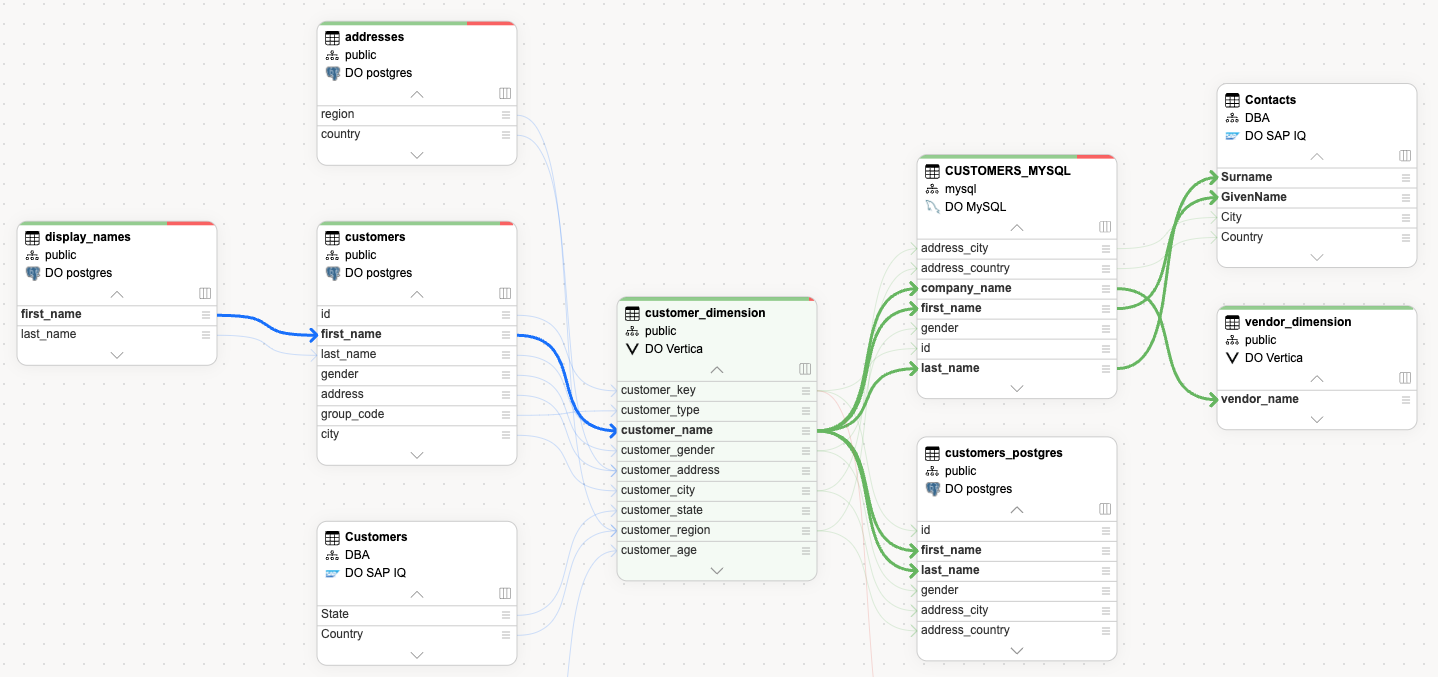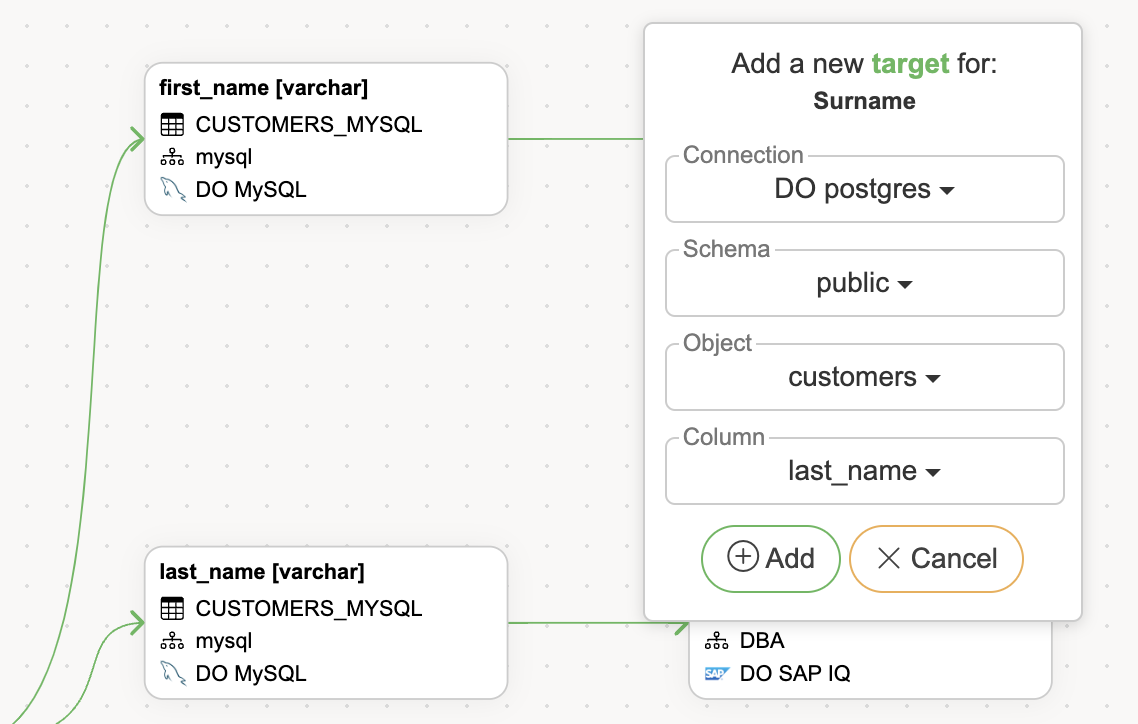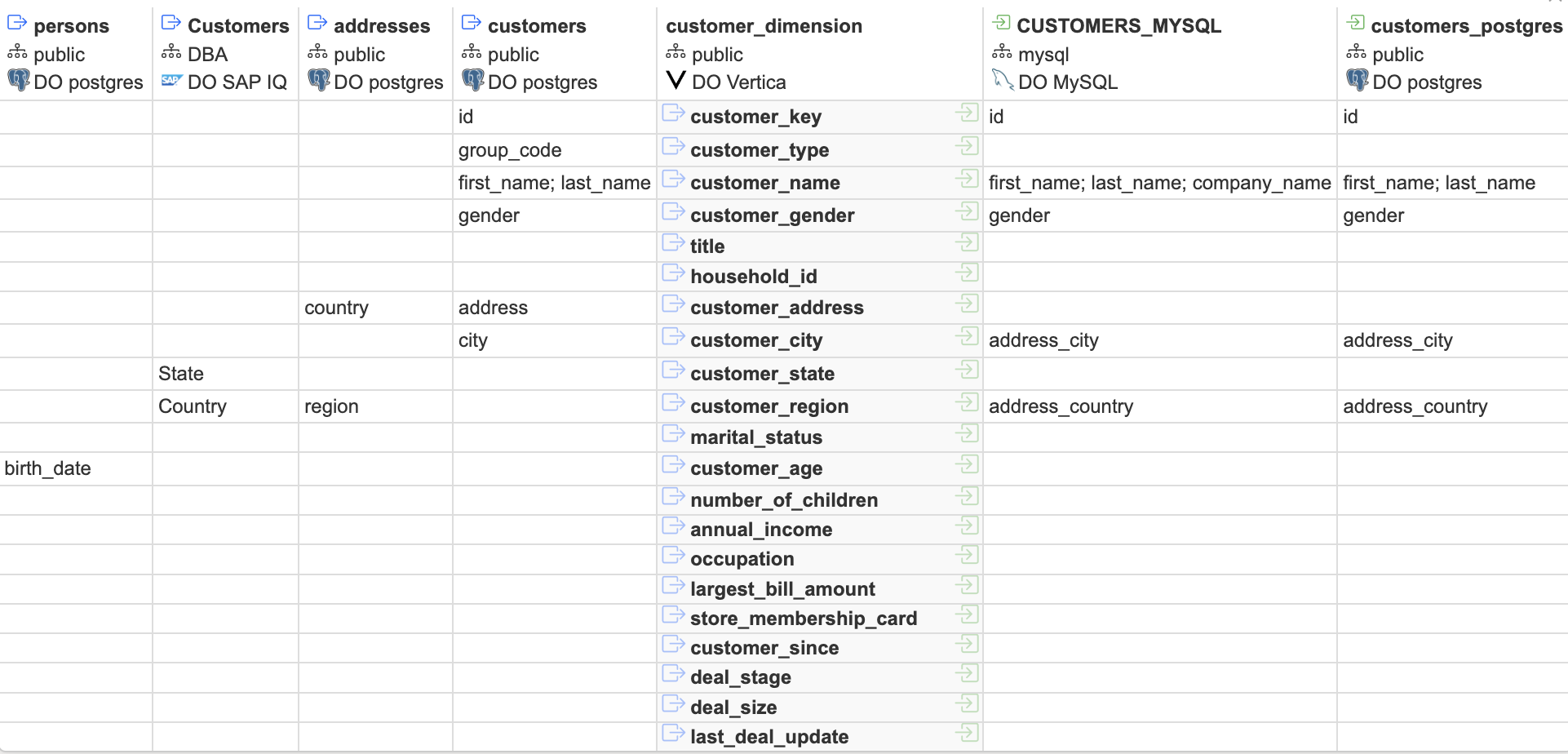With comprehensive data lineage tracking, users can gain full visibility into the entire journey of their data, from its origin to its final destination, across various systems and processes. This detailed mapping of relationships, transformations, and dependencies within the data ecosystem provides a clear understanding of how data flows through the organization. By tracking these connections, users can easily trace the history of any data point and understand the broader context of its use, which is crucial for compliance, auditing, and governance. Additionally, this visibility enables users to assess the downstream impact of any data changes, allowing for proactive risk management by identifying potential issues before they affect critical systems or business processes. With data lineage, organizations can ensure greater data accuracy, maintain trust in their data, and make informed decisions with a deeper understanding of how data is processed and transformed. This powerful capability supports improved data quality, accountability, and transparency across the entire data lifecycle.
 Visualize data pipelines
Visualize data pipelines
Data pipeline visualization gives users a detailed view of data flow at the column and object levels. By allowing users to add source and target relationships, it simplifies tracking data movement across attributes and databases for end-to-end lineage. This not only helps users better understand data dependencies and transformations but also supports more effective monitoring, troubleshooting, and optimization of data workflows, ensuring seamless data integration and enhanced operational efficiency.


 Automated lineage
Automated lineage
Automated lineage creation streamlines the process of tracking data flow by offering multiple methods to define lineage, including through an intuitive user interface, importing from external systems, or automatically parsing SQL logs. This flexibility ensures that data lineage is constantly kept up to date, reflecting the most current relationships and transformations within the data pipeline. By automating lineage updates, users can maintain a real-time overview of their data ecosystem, enabling them to quickly identify dependencies, monitor changes, and ensure accurate data governance. This dynamic approach not only improves visibility and control but also reduces manual effort, ensuring that data pipelines are accurately mapped and always aligned with the latest operations.
 Downstream impact
Downstream impact
Downstream impact analysis provides users with a comprehensive overview of how changes to data assets affect downstream systems, enabling proactive risk management and informed decision-making. By visualizing dependencies, users can identify and prevent unnecessary or invalid changes that could disrupt other data processes, ensuring smoother operations across the organization. This analysis also facilitates root-cause identification by tracing issues back to their origins, allowing teams to resolve problems more efficiently.



